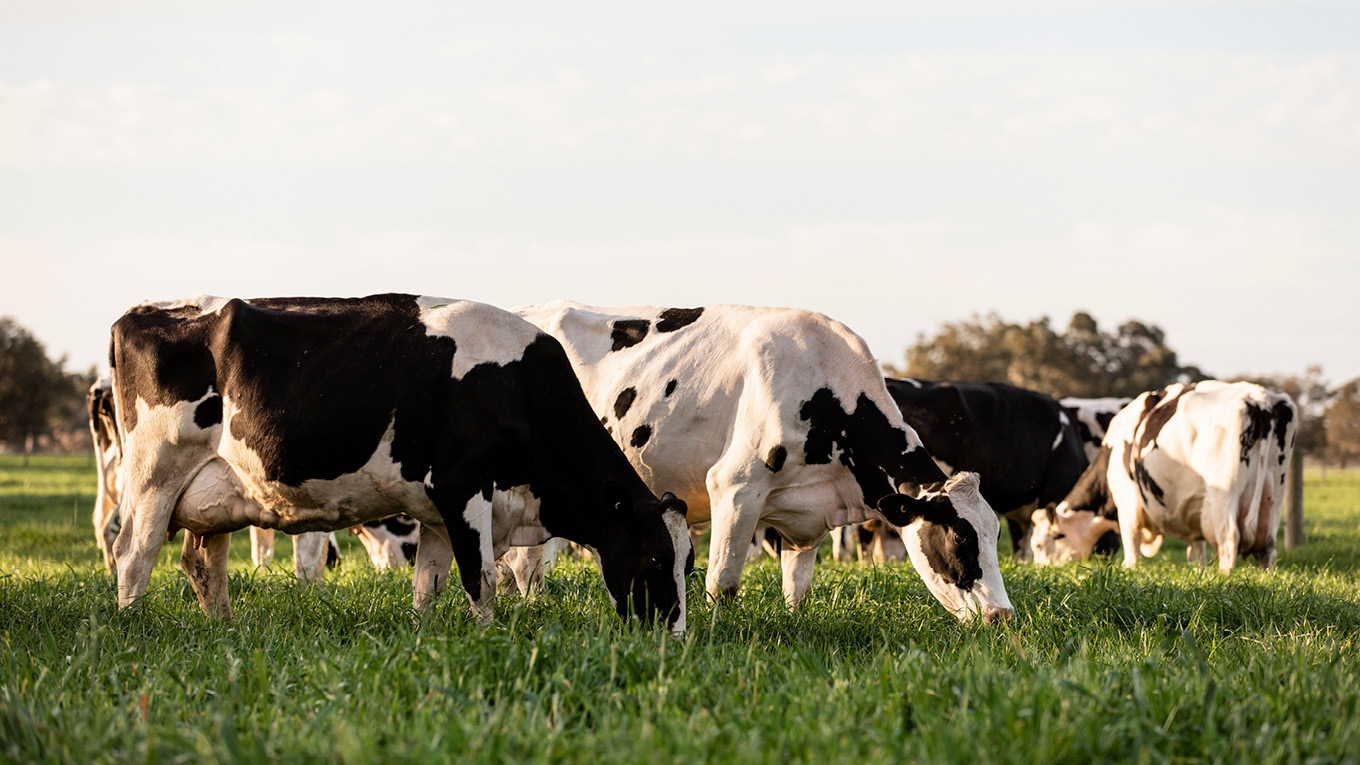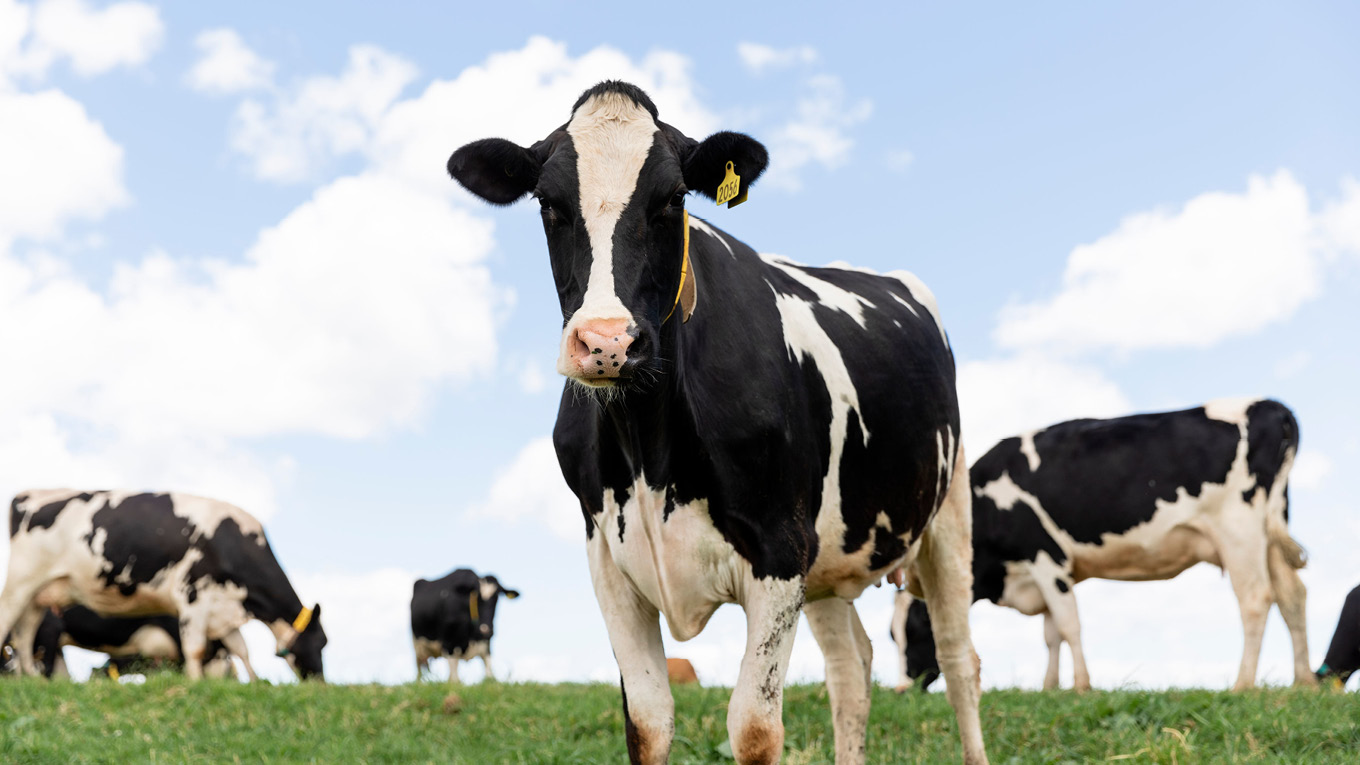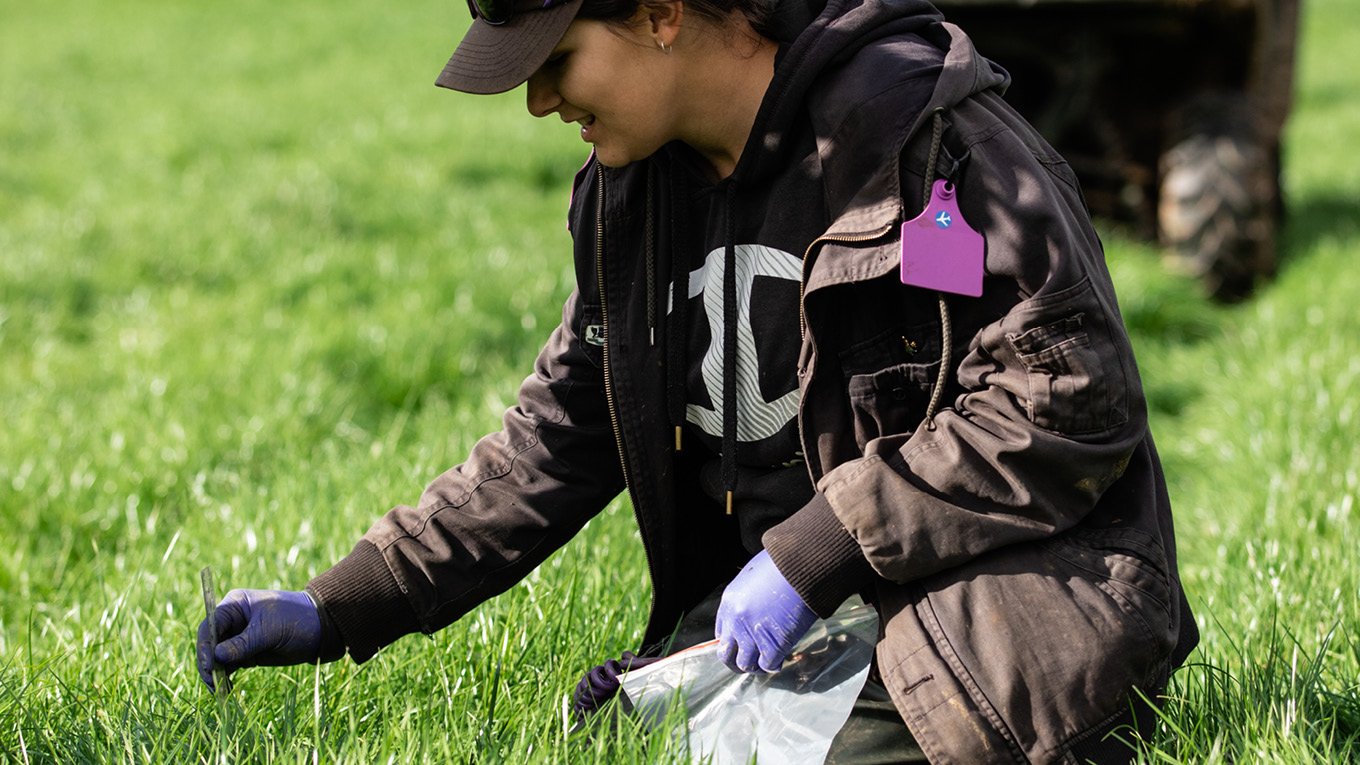Perennial Ryegrass
Perennial ryegrass (Lolium perenne) is the most commonly used feed for dairy cows in Australia. Perennial ryegrass pastures have been the mainstay of pasture-based dairy farming in southern Australia and will likely continue to be into the foreseeable future.
The 3030 Project has explored forage alternatives but has also examined perennial ryegrass to gain a better understanding of why it is the cornerstone of pasture-based systems in southern Australia.
The Perennial ryegrass SWOT information sheet analyses the key features of perennial ryegrass using a SWOT approach (strengths, weaknesses, opportunities and threats).
The key points of this analysis are summarised below.
Strengths of perennial ryegrass
- In most southern Australian dairy farming environments, perennial ryegrass can remain productive for at least four years, and often up to seven or eight, if it is well-managed in a favourable environment.
- Perennial characteristics significantly lower the cost of production on dairy farms and, in a dryland environment, permits growth with minimal intervention as soon as soil moisture allows.
- Well-managed perennial ryegrass provides high-quality feed of at least 11 megajoules (MJ) of estimated metabolisable energy (ME) per kilogram of dry matter (DM) for most of the year. Unless stressed, perennial ryegrass has better nutritive value than most temperate pasture species and rarely falls below 10 MJ/kg DM of energy and 18-20% DM of crude protein.
- Perennial ryegrass thrives under good grazing management. Its nutritional qualities are also more forgiving of temporary changes in grazing practices, such as delayed grazing, than other perennial species.
- Recommended soil fertility and fertiliser programs induce few animal health issues with perennial ryegrass. Most can be managed with a basic knowledge of ruminant nutrition.
- As well as being ideally suited to grazing, perennial ryegrass can be conserved for high-quality silage.
- Most broadleaf weeds are easily controlled using a selective broadleaf herbicide with minimal impact on ryegrass growth rates.
Weaknesses of perennial ryegrass
- Perennial ryegrass is relatively shallow rooted with almost 75% of the total root mass in the top 10 centimetres of the soil. For this reason, perennial ryegrass is not able to access moisture at depth in the soil. The shallow root system of perennial ryegrass has been linked to its poor persistence in dry summer environments.
- While perennial ryegrass performs well at low temperatures, it has a relatively low temperature ceiling compared to other perennial grasses. Beyond the ceiling, growth rates decrease significantly, causing plants to become dormant and possibly die.
- The combination of shallow roots and a low temperature ceiling means perennial ryegrass cannot consistently provide significant amounts of quality feed during the hot, dry summer months in southern Australia.
- The winter production of perennial ryegrass has improved significantly in recent years with a better understanding of rotations, nitrogen use, post-grazing residuals plus more winter-active cultivars. However, growth rates are limited by temperature and sunlight hours. Short rotation ryegrass and winter cereals have a higher potential for winter growth than perennial ryegrass, yet the growth of perennial ryegrass through the winter period tends to be of excellent quality.
- Although perennial ryegrass can tolerate short periods of waterlogging, if these conditions persist, the lack of oxygen in the root zone will reduce production, and – in extreme cases – cause plant death.
Opportunities of perennial ryegrass
The opportunities of perennial ryegrass are all related to best practice grazing management. Adoption of these principles is still a massive opportunity for farmers, with the potential to grow several tonnes more of dry matter per hectare than the average for an Australian dairy farm, which results in savings of thousands of dollars.
Grazing at the correct leaf stage, maintaining the target post grazing residuals, strategic use of nitrogen fertiliser and the conservation of surplus pasture in spring are just some of the management principles outlined in more detail in the following resources from the 3030 Project.
Grazing management to maximise growth and nutritive value
The 3030 Project reinforced three basic grazing management strategies for perennial ryegrass.
- Graze between the second and third leaf stage or before canopy closure
- Leave a post-grazing residual of four to six centimetres between pasture clumps (equivalent to 1500–1600kg DM/ha)
- Maintain a constant cover of green leaf area all year
These guidelines are not an attempt to present a silver bullet for perennial ryegrass pasture management and are not meant to be exclusive. Using other guidelines based on similar principles can also achieve success in maximising the growth of high-quality pastures and minimising waste.
More information is available in the Perennial ryegrass management: Grazing management to maximise growth and nutritive value fact sheet.
Practical application of grazing principles
There are four main areas of perennial ryegrass management that should be covered in order to achieve the targets above:
- Set rotation length in relation to leaf emergence rate and monitor it
- Choose the paddocks to be grazed and assess their pre-grazing cover
- Adjust supplementation and/or close for conservation to achieve the target rotation length and post-grazing residuals
- Make daily adjustments to the allocated grazing area in order to achieve the target pasture intake and post-grazing residuals
More information is available in the Perennial ryegrass management II - practical application of grazing principles fact sheet.
Grazing management specific practices
Paddock-level specific grazing management practices should be understood within the context of the three basic strategies identified by the 3030 Project as the basis for pasture management (discussed in Grazing management to maximise growth and nutritive value).
More information is available in the Perennial ryegrass management IV -grazing management specific practices fact sheet.
Threats to perennial ryegrass
- Persistence in dryer and hotter climatic conditions
- Pests such as the red headed cockchafer
- Grass weeds such as barley grass or winter grass
More information
The Ryegrass – spring grazing management paddock guide highlights the principles of ryegrass grazing management. It covers ryegrass identification, identifying growth stage based on leaf appearance, pre and post-grazing measures, tools to assist in using this information and getting a good balance between pasture and animal performance.
Hard copies of this paddock guide are available from Dairy Australia's regional teams.
Downloads
-
perennial ryegrass swot factsheet
PDF, 3.73 MB -
perennial ryegrass management I grazing management to maximize growth
PDF, 1.09 MB -
perennial ryegrass management II practical application of grazing principles
PDF, 1.07 MB -
perennial ryegrass management IV grazing management specific practices
PDF, 839.29 KB -
Ryegrass spring grazing management paddock guide 2016
PDF, 1.41 MB


